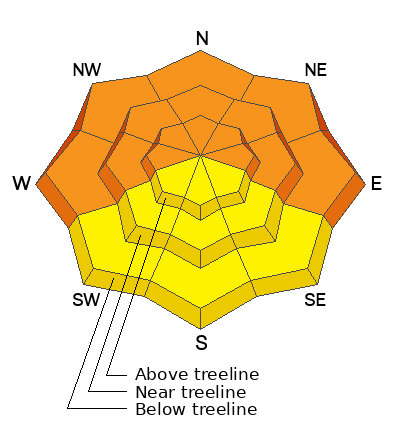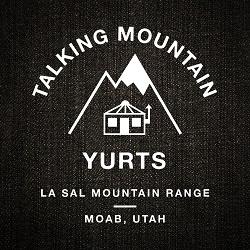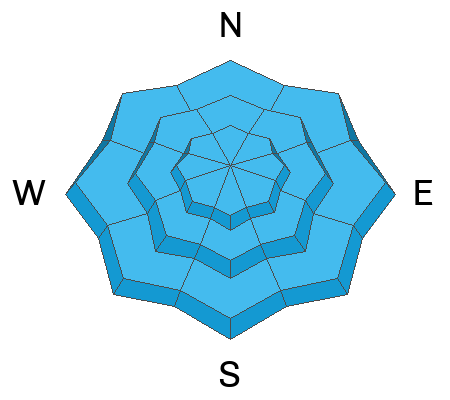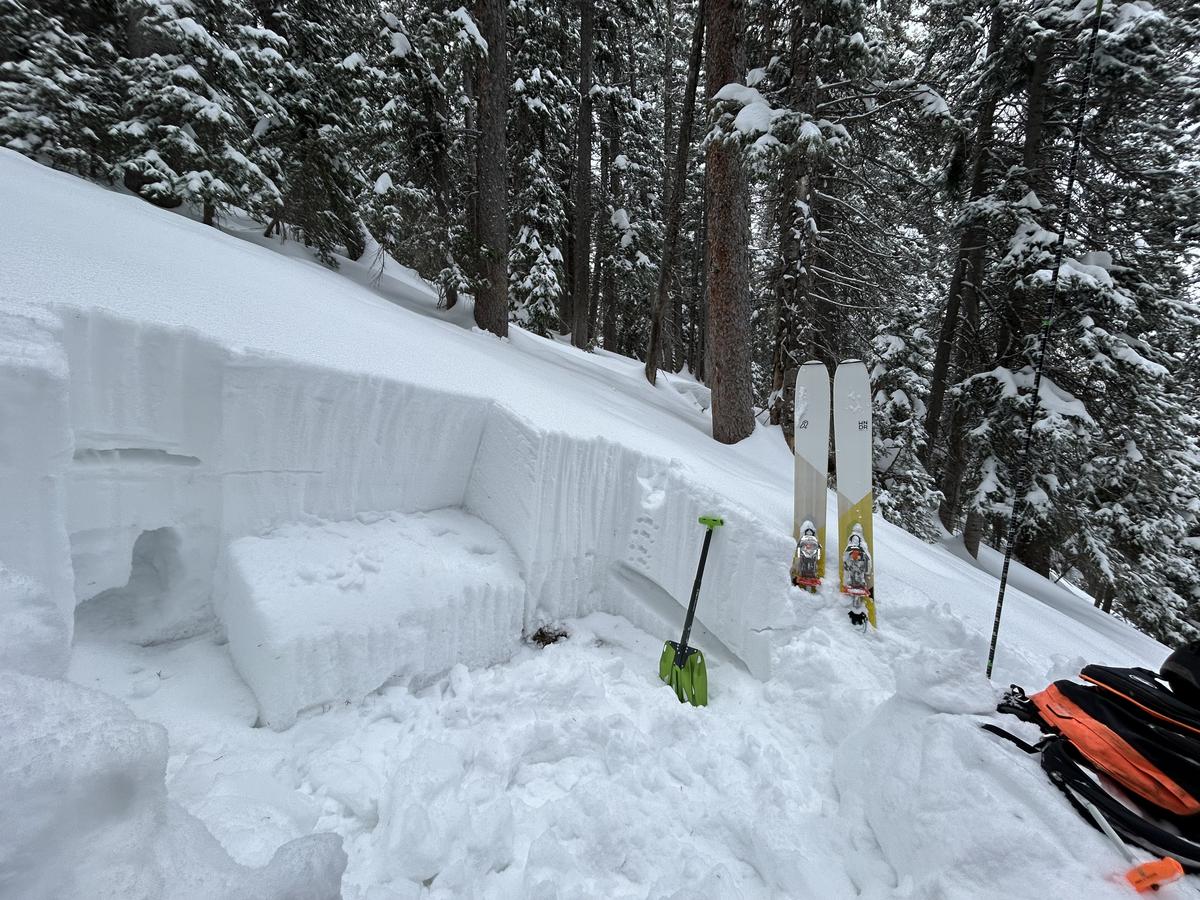Forecast for the Moab Area Mountains

Issued by Dave Garcia on
Wednesday morning, January 24, 2024
Wednesday morning, January 24, 2024
A CONSIDERABLE avalanche danger remains on steep slopes facing W-N-E at all elevations. Skiers and riders are LIKELY to trigger avalanches breaking 2 feet deep or more. These are dangerous avalanche conditions that require conservative decision making.
A MODERATE avalanche danger exists on steep slopes facing SW-S-SE at all elevations. Signs of instability will be less obvious on these slopes, but human-triggered avalanches failing on a buried persistent weak layer remain POSSIBLE.
Don't allow the new snow and sunny skies to lure you into a dangerous situation today, stick to slopes that are less than 30 degrees in steepness.

Low
Moderate
Considerable
High
Extreme
Learn how to read the forecast here





